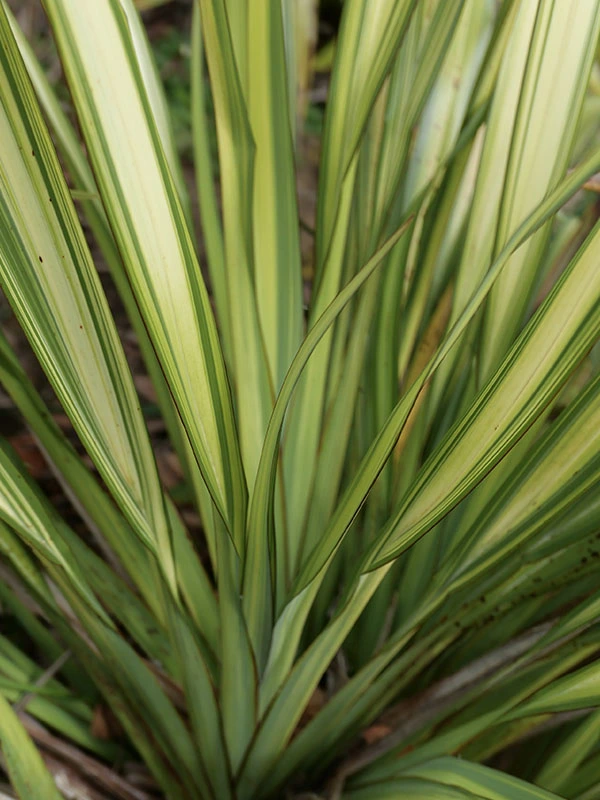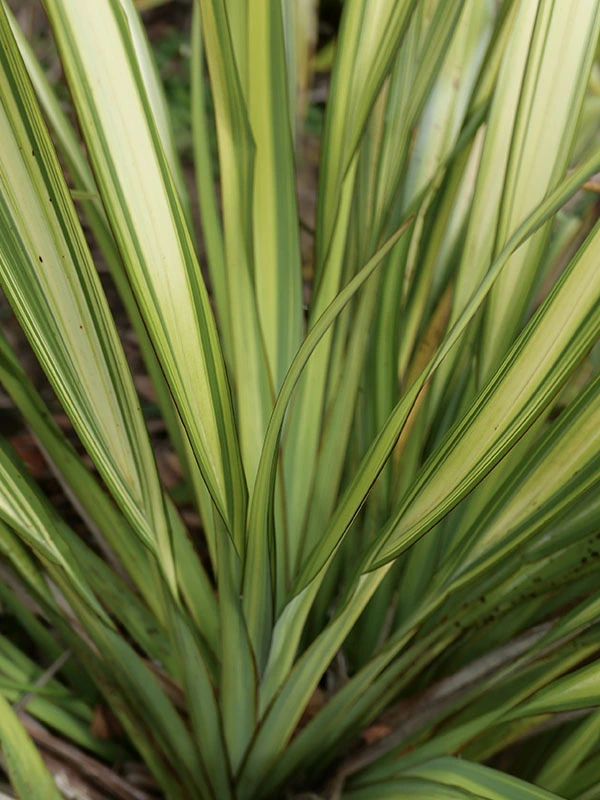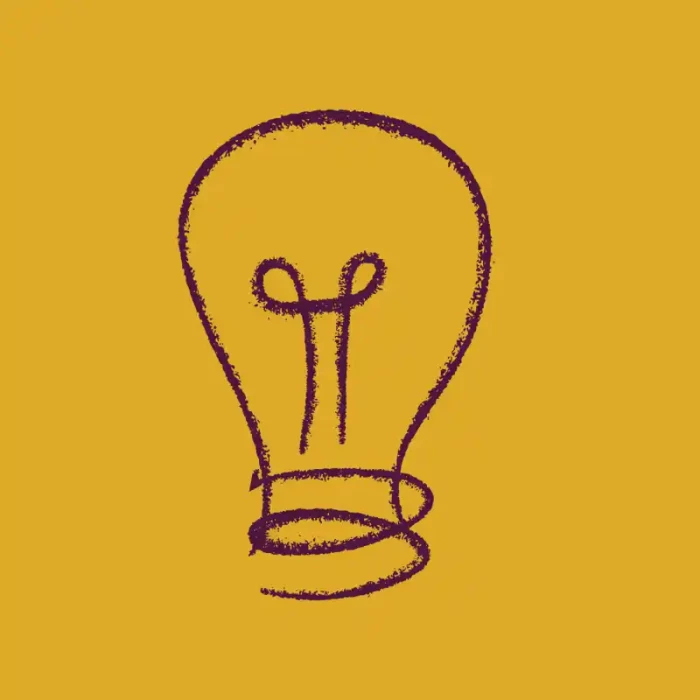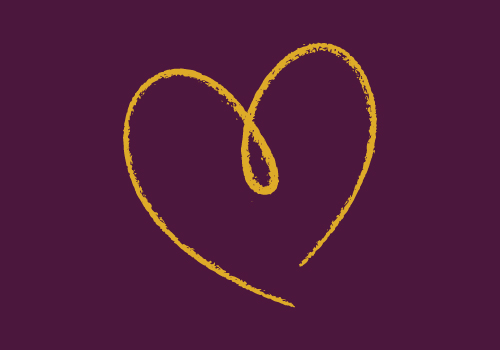
On the stage and the sports field with Taiohi Morehu

29 August 2023
Hidden in the Hutt Valley is a community initiative helping whānau come together through play. Taiohi Morehu is a safe space where rangatahi and young parents can bring pēpi, tamariki, and their whānau to learn and grow through sports and performing arts.
Community facilitator Dina Awarau has overseen Taiohi Morehu since it was established in 2008. Seeing her own tamariki through the programme, with her daughter Kimberley now running it, Dina has noticed the positive influence it has had on her local community.
“Having a space specifically for tamariki where they can identify and express who they are, whether that’s Māori, Pasifika, or in the rainbow community, means they can do so in a safe and supportive environment. As they learn, we see them grow in confidence.”
Coming together to connect with tikanga
With an alternating holiday programme that runs during school holidays, weekly kapa haka sessions, and sports teams for adults and under-fives, Taiohi Morehu prides itself on being responsive to what the community needs.
In the beginning the initiative was formed to support rangatahi and young whānau, running alongside the It’s Not OK campaign against family violence. Now, Dina says the Taiohi Morehu kaupapa focuses on encouraging whānau to come together, connect, and tune in to their tikanga , making sure everyone is having fun while doing it.
“When we run our performing arts holiday programme, whānau are blown away by how much their tamariki learn from our kaupapa in just two weeks.”
“Whānau have a lot of fun and get really involved, helping with the costumes, sharing their knowledge with tamariki and helping them embrace and feel connected to their culture, which some of them have never had the opportunity to do before.”
Supporting young parents to mentor
Now housed in a permanent space, Taiohi Morehu named its building Te Rito, likening it to the centre of the harakeke plant.
The baby leaves (rito) of the harakeke continue to grow, and as they grow, the inner leaves become the mātua . The outside leaves become the tīpuna , sheltering the whānau and young shoots.
Dina’s daughter, Kimberley, went through the programme as a young wahine. After time away pursuing her performing arts career, she returned as a young māmā, keen to mentor rangatahi who had been just like her.
Dina says Kimberley was a shy tamaiti, and Taiohi Morehu helped her gain confidence and find belonging.
When Kimberley came back, she had learned so much that she wanted to share her knowledge, and the community were asking for it. We had parents whose kids were a part of it, and now they’ve got their own kids, like Kimberley. Now those kids can mentor and carry the kaupapa on.
Surrounded by other young māmā and pāpā, Kimberley has set up further support for the mātua of the group. She has opened a playroom for pēpi to be used during kapa haka practice, held tikanga parenting and breastfeeding wānanga for māmā, and held craft lessons with whānau making ‘tutu boards’ to help baby explore different textures and colours.
Dina says Taiohi Morehu will only grow as the community flows through it.
“We will always respond to the needs of our whānau, even if it’s from a comment on Facebook. Taiohi Morehu is always trying to be responsive.”














